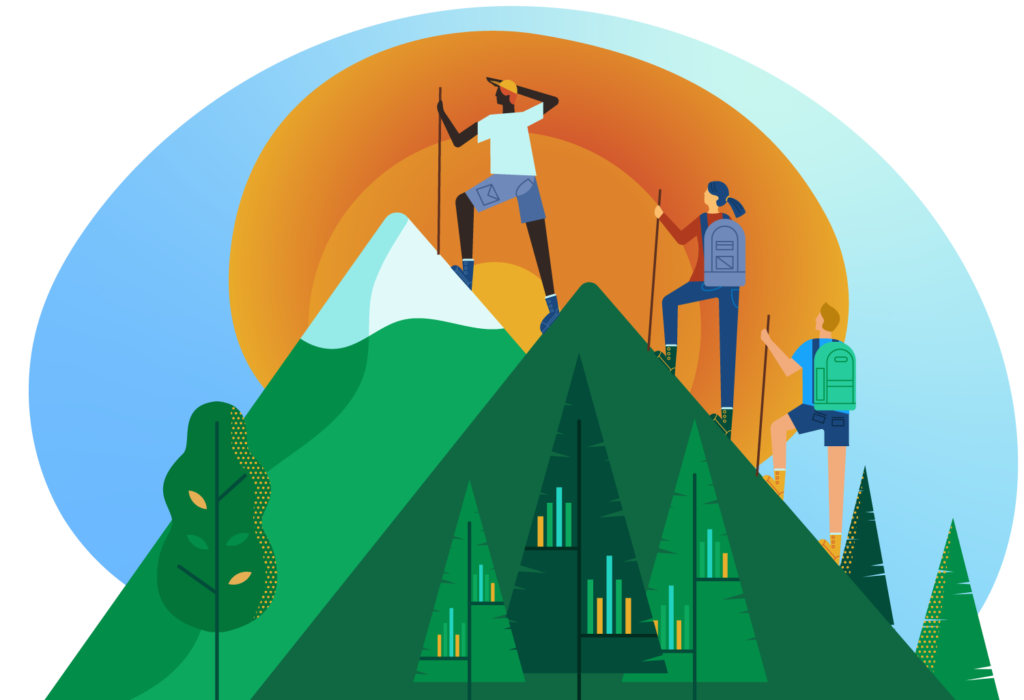Conservation Education, Reimagined


Who We Are
Conservation X Labs has worked with a brain trust of forward-thinking academic institutions and faculty to imagine a new model for conservation education. The result is this open, interdisciplinary curriculum toolkit focused on conservation, innovation, and creative problem-solving.
This work was made possible by generous support of the Moxie Foundation and the Gordon and Betty Moore Foundation. Special thanks to Earth Hacks, Conservation International, and many other professionals and professors for their contributions of content, feedback, and ongoing support in the development of this work.
Our Approach
The dual climate and extinction crises can be daunting, especially for students who are just wrapping their heads around the scale and urgency of these problems. But to tackle these challenges at the speed we need to, we must teach students in a way that encourages them to take action, embrace an entrepreneurial mindset, and ‘dare mighty things’. Time and time again, we’ve heard the sentiment from academics that we can’t just keep researching these problems. At the same time, when we “move fast and break things,” there’s also a great risk of inadvertently causing harm to the systems we mean to help, or exacerbating inequalities within the communities we seek to serve. Balancing this urgency to act with the need to do so responsibly sits at the heart of what we aim to teach through this toolkit.


Our Philosophy
To tackle wicked environmental problems, we believe students need to adopt a few core principles:
Be optimistic and dare to take moonshots. Students need to learn to see potential in even the most dire of situations, and build the courage to tackle seemingly intractable problems.
Address causes rather than symptoms. While temporary fixes have their place, we’re encouraging students to build permanent solutions to problems, rather than band-aids that cover surface symptoms.
Learn by doing and keep a bias towards action. 21st century learning needs to be experiential, and students need to get away from their textbooks or desk research, and get their hands dirty in the lab, field, or makerspace to build solutions.
Stay human-centered in design and execution. Engaging communities in an open, equitable design process, and creating solutions that improve the lives of the people that are affected by a challenge, is crucial to building just, equitable, and successful solutions.
Recognize that there are no silver bullets; complex problems won’t be tackled with single solutions. Throughout this toolkit, we move students away from right-or-wrong thinking and “heropreneurship”, and instead encourage them to see how their solutions might fit within a mosaic of solutions that tackle a problem from different angles.
- Embrace interdisciplinary collaboration. True creativity, and breakthrough solutions, only come when we bring a diversity of voices into the room and work across disciplines and differences. Whether this means bringing in folks from different fields, technical and non-technical backgrounds, or fresh versus experienced perspectives — we believe it’s crucial that students get comfortable with diverse teams, and see the different types of value that diverse perspectives bring.
